Quanzhou inscribed on UNESCO's world heritage list
“Quanzhou: Emporium of the World in Song-Yuan China” was added to the UNESCO World Heritage List as a cultural site on July 25 during the ongoing 44th Session of the World Heritage Committee, which is being held in Fuzhou, southeast China’s Fujian province.
The newly inscribed item features 22 historical sites and monuments across the port city, which served as a global maritime trade center and a bridge for cultural exchange between China and the rest of the world back in the Song (960-1279) and Yuan (1271-1368) dynasties.
The serial properties include administrative buildings and structures, religious sites and statues, cultural memorial sites and monuments, iron and ceramic production sites, as well as the city’s transportation network formed by bridges, docks and pagodas that guided voyages.
Together, these comprehensively reflect Quanzhou’s highly integrated maritime trade structure, thriving economy, and multi-cultural communities from the 10th to 14th centuries.
Key sites include the archaeological site of the Maritime Trade Office, established in 1087 as a national-level key institution guiding trade, Kaiyuan Temple, the biggest ancient Buddhist temple in Fujian, and Qingjing Mosque, one of the oldest mosques in China.
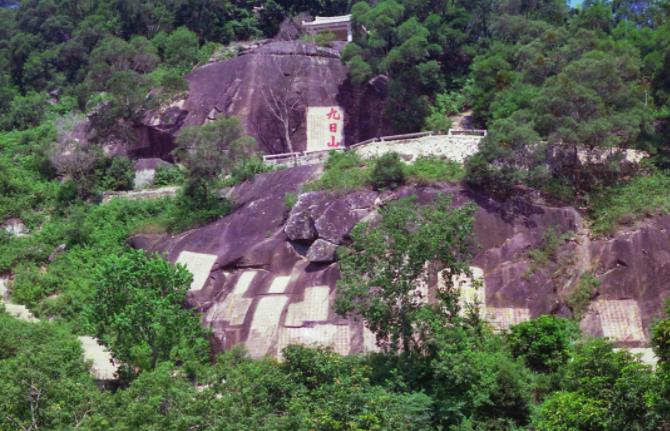
Photo shows the Jiuri Mountain Wind-Praying Inscriptions. These inscriptions, carved into a cliff, record the ritual ceremonies used to pray for favorable winds to aid voyages, which were held by state commissioners, local officials and members of the imperial clan responsible for the management of overseas trade in the Song Dynasty (960-1279). (Photo/Cheng Dongdong)
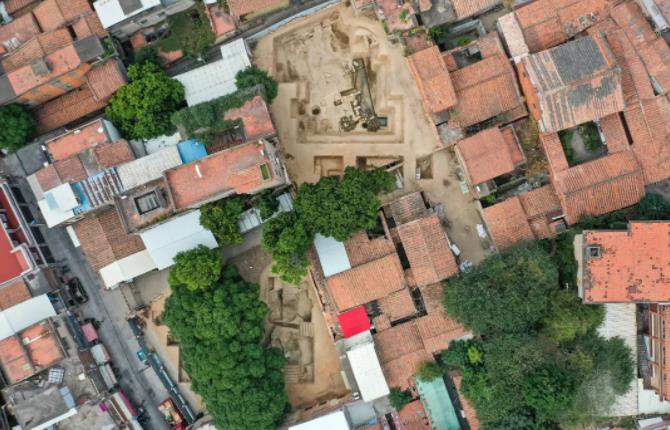
Photo shows the Site of the Maritime Trade Office, which was an administrative agency established by the governments of the Song and Yuan dynasties in Quanzhou to manage maritime trade affairs. (Photo/Wang Jun)
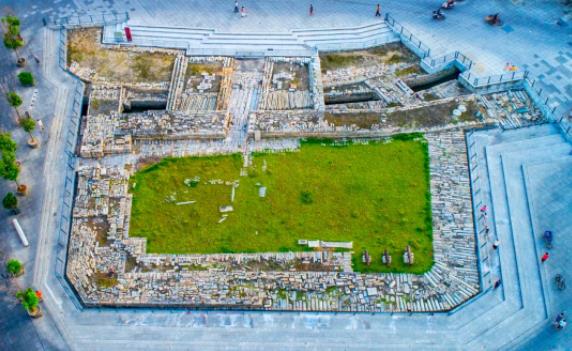
Photo shows the Site of Deji Gate, the ruins of the southern gate to the old city of Quanzhou in the Song and Yuan dynasties. (Photo/Chen Wenpi)

Photo shows the Tianhou Temple, which is dedicated to the worship of the sea goddess Mazu in Quanzhou, southeast China's Fujian Province. (Photo/Chen Yingjie)
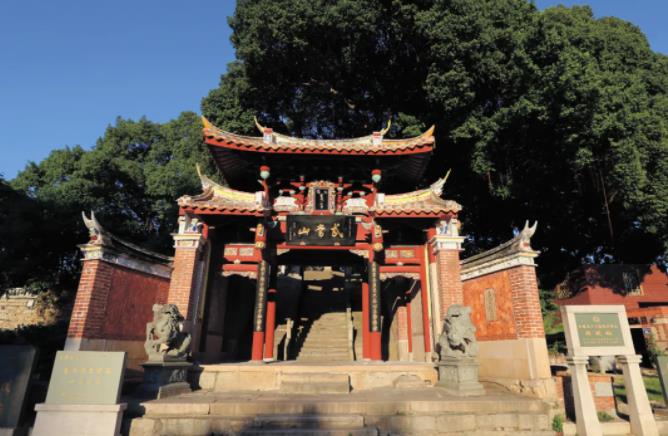
Photo shows Zhenwu Temple, a Taoist temple dedicated to the worship of Emperor Zhenwu and the venue chosen by Quanzhou officials to offer sacrifices to the sea in the Song and Yuan dynasties. (Photo/Chen Yingjie)
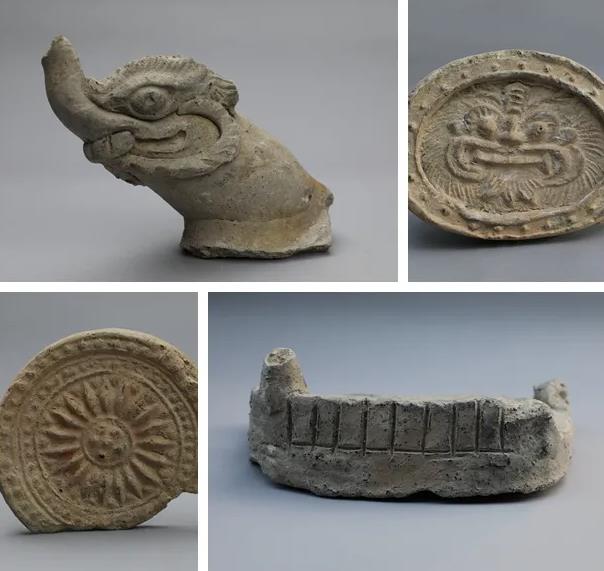
Photo shows building components unearthed from the Site of the Southern Clan Office, an administrative agency established for the Song Dynasty’s imperial kinsmen who began relocating to Quanzhou in 1130. (Photo/Zhang Tao)
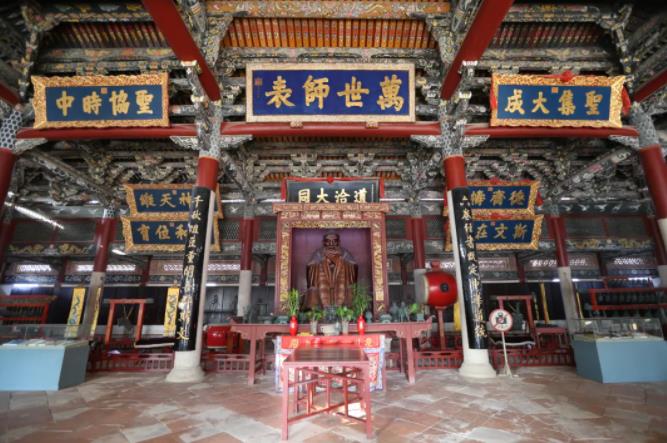
Photo shows the Confucius Temple, a place for Confucians to offer sacrifices and the highest institute of education in Quanzhou during the Song and Yuan dynasties. (Photo/Chen Yingjie)
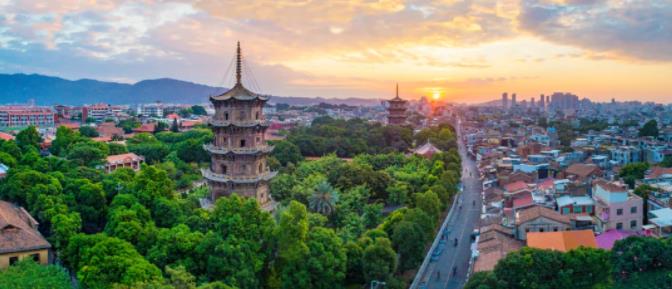
Photo shows Kaiyuan Temple, the largest Buddhist temple in Quanzhou, which had top-ranked official status during the Song-Yuan period. (Photo/Chen Yingjie)
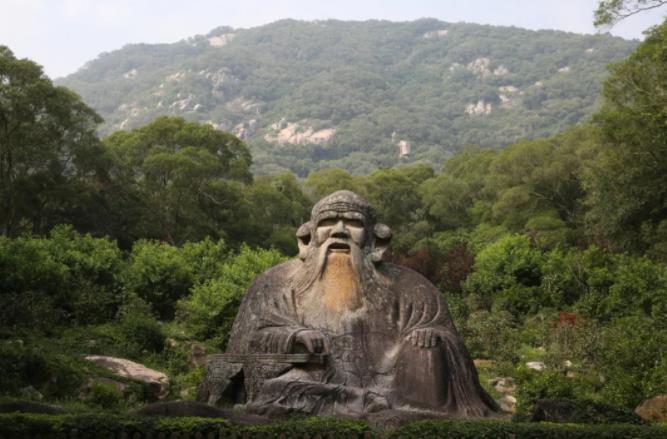
Photo shows the Statue of Lao Tze in Quanzhou, southeast China's Fujian province. (Photo/Chen Yingjie)

Photo shows Qingjing Mosque in Quanzhou, southeast China's Fujian province. (Photo/Cheng Dongdong)
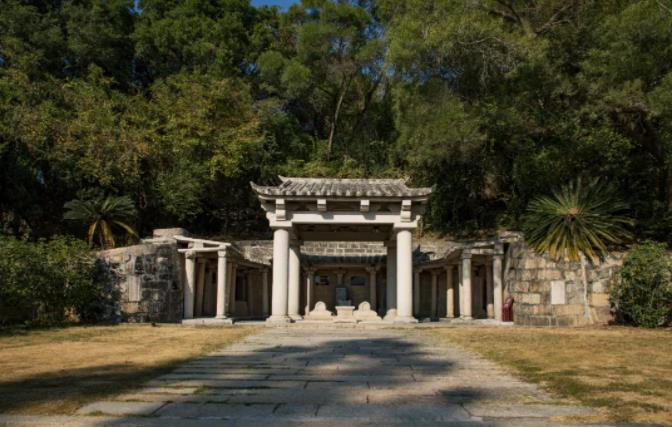
Photo shows the Islamic Tomb in Quanzhou, southeast China's Fujian province. (Photo/Cheng Dongdong)
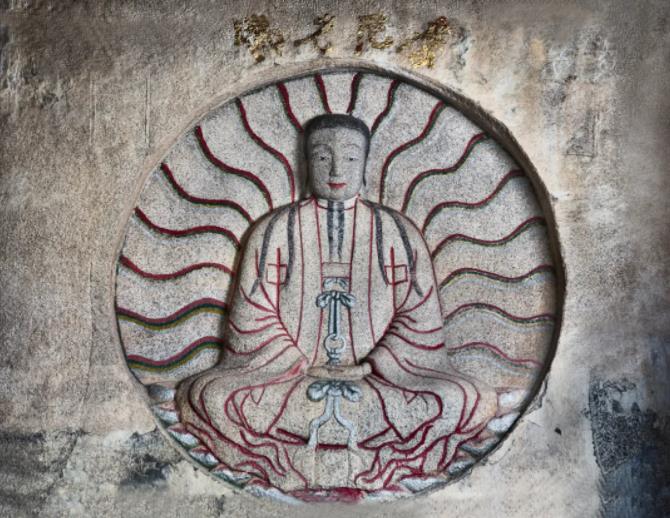
Photo shows the Statue of Mani in Cao'an Temple, a temple of Manichaeism, which originated in ancient Persia, in Quanzhou, southeast China's Fujian province. (Photo/Cheng Dongdong)

Photo shows the Sites of the Cizao Kilns in Quanzhou, southeast China's Fujian province. (Photo/Cheng Dongdong)
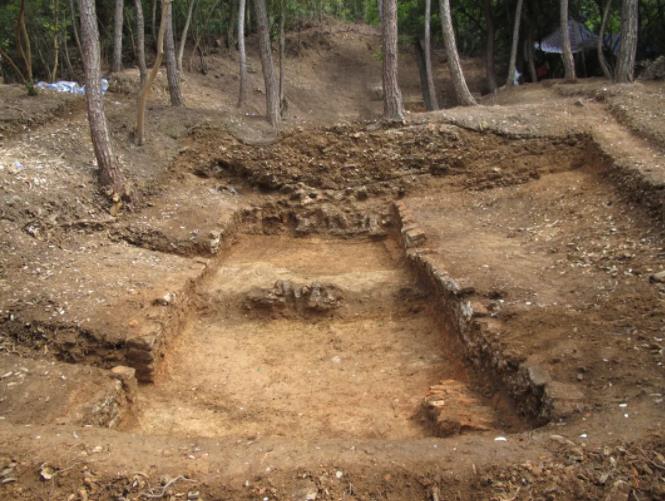
Photo shows part of the Sites of the Dehua Kilns, which are outstanding examples of porcelain kiln sites in Quanzhou during the Song-Yuan period. (Photo/Liao Fukui)
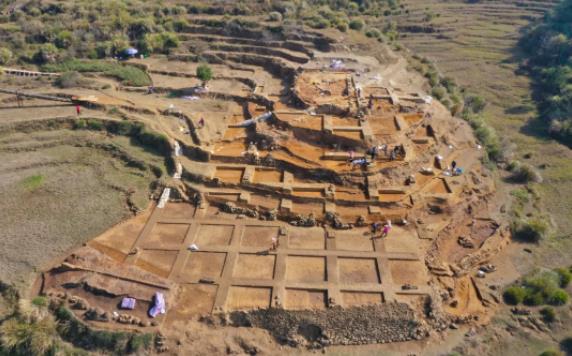
Photo shows the Xiacaopu Iron Production Site in Qingyang village of Anxi county, Quanzhou, southeast China's Fujian province. (Photo/Chen Wenpi)

Photo shows Luoyang Bridge, which was a transportation hub connecting Quanzhou northward to Fuzhou and the nation's vast heartland in the Song-Yuan period. (Photo/Zheng Wengui)
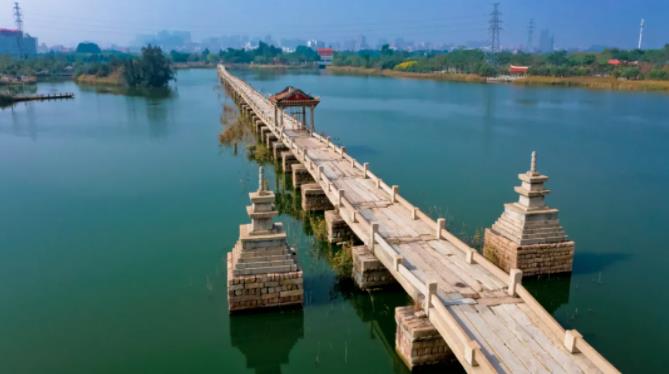
Photo shows Anping Bridge, a vital transport link between Quanzhou and the vast southern coastal region in the Song-Yuan period. (Photo/Zheng Wengui)
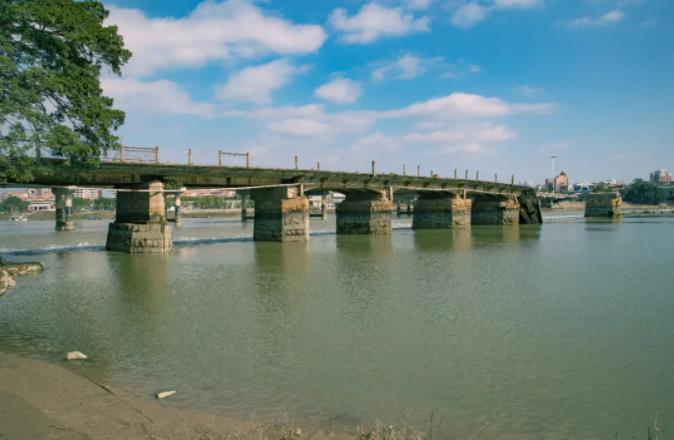
Photo shows the Site of Shunji Bridge, the main access route to ancient Quanzhou's commercial district. (Photo/Cheng Dongdong)
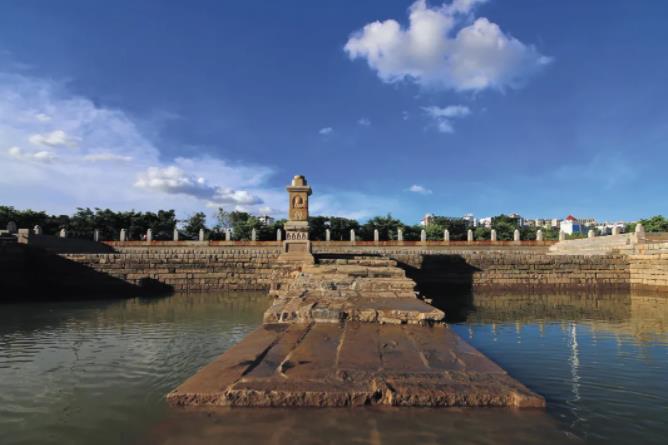
Photo shows Wenxing Dock in Quanzhou, southeast China's Fujian province. (Photo/Chen Qituo )

Photo shows Shihu Dock in Quanzhou, southeast China's Fujian province. (Photo/Cheng Dongdong)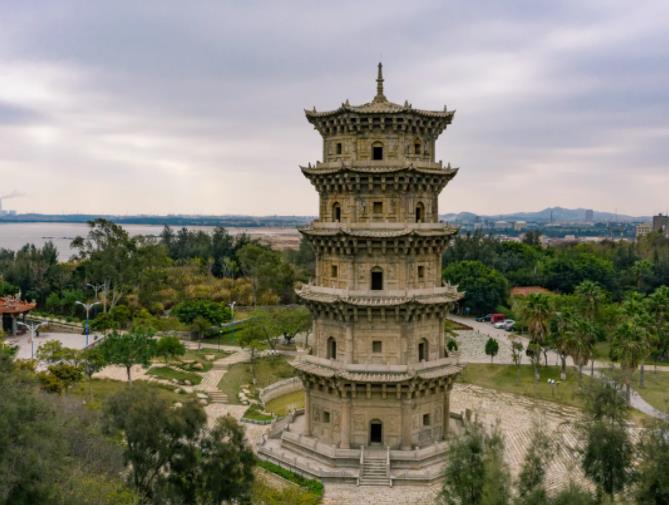
Photo shows the Liusheng Pagoda in Quanzhou, southeast China's Fujian province. This is where merchant ships would shift course from the main shipping route to the city’s inner ports in the Song and Yuan dynasties. (Photo/Zheng Wengui)

Photo shows the Wanshou Pagoda, a landmark for merchant ships arriving at Quanzhou port. (Photo/Jia Fushan)
Photos
Related Stories
Copyright © 2021 People's Daily Online. All Rights Reserved.










